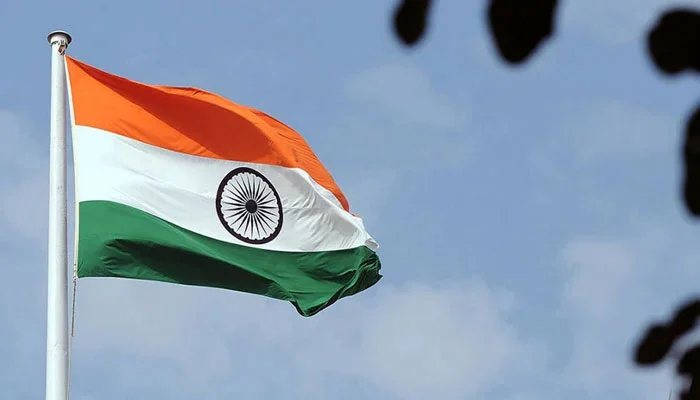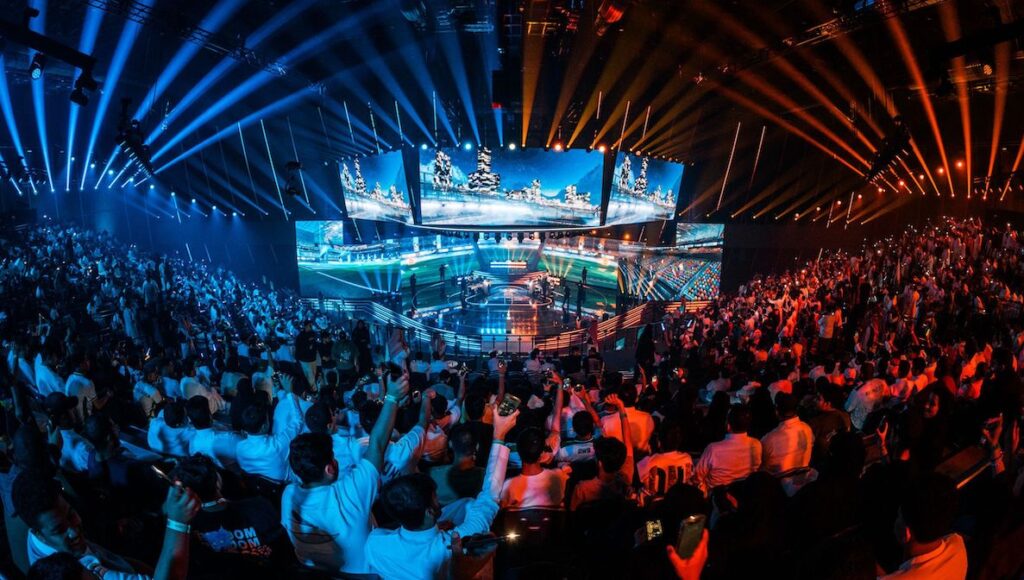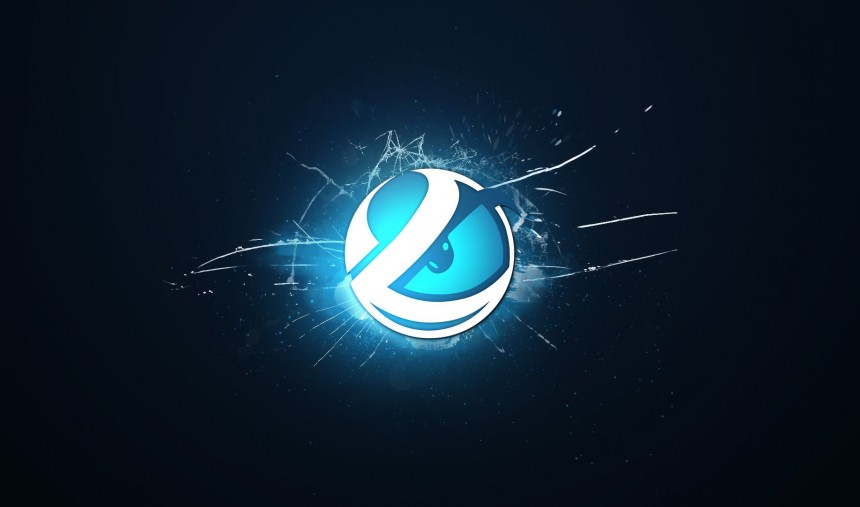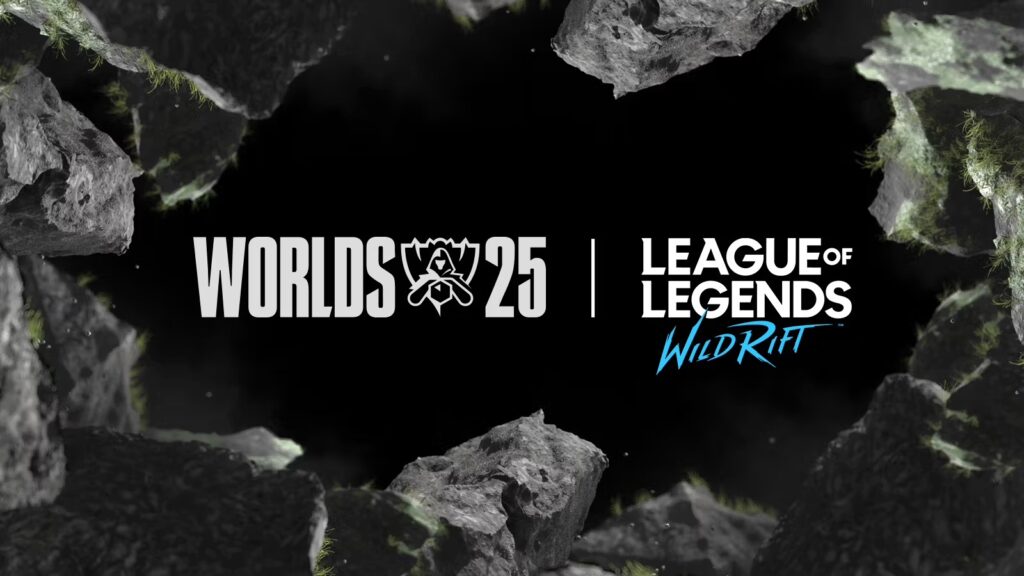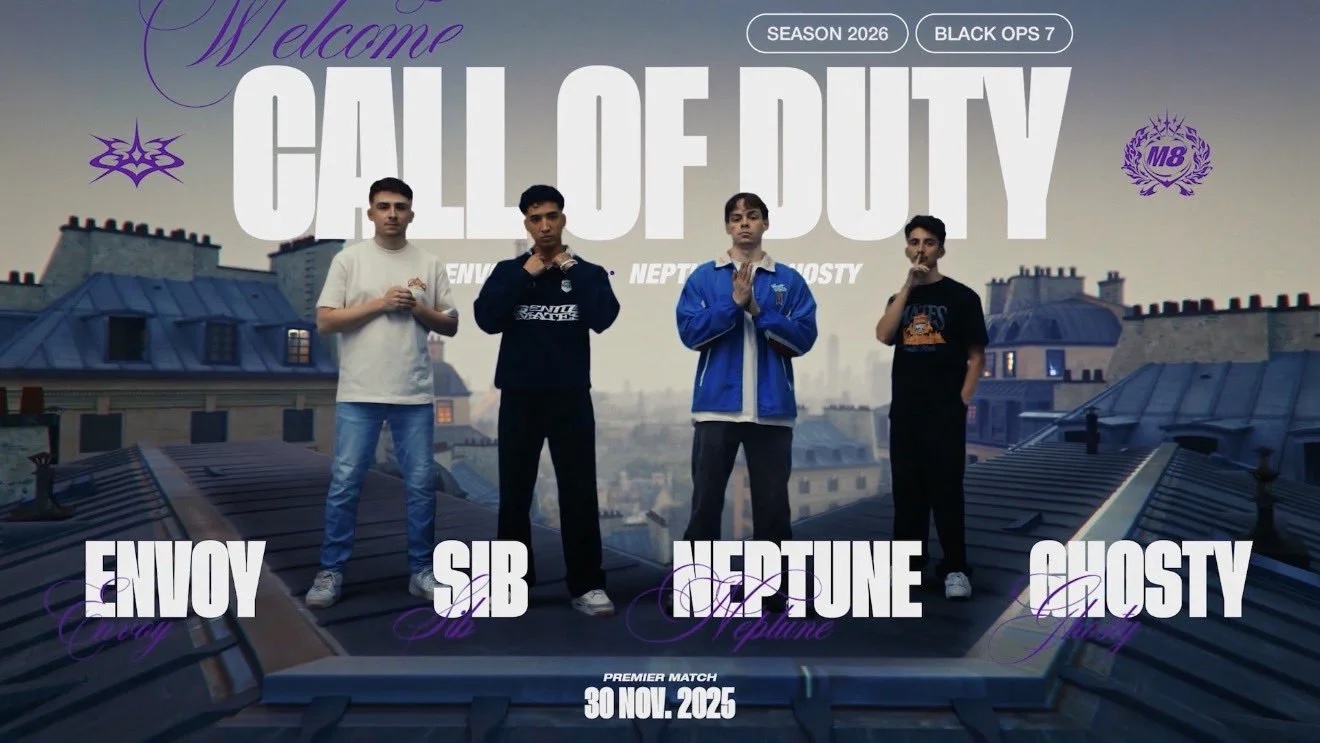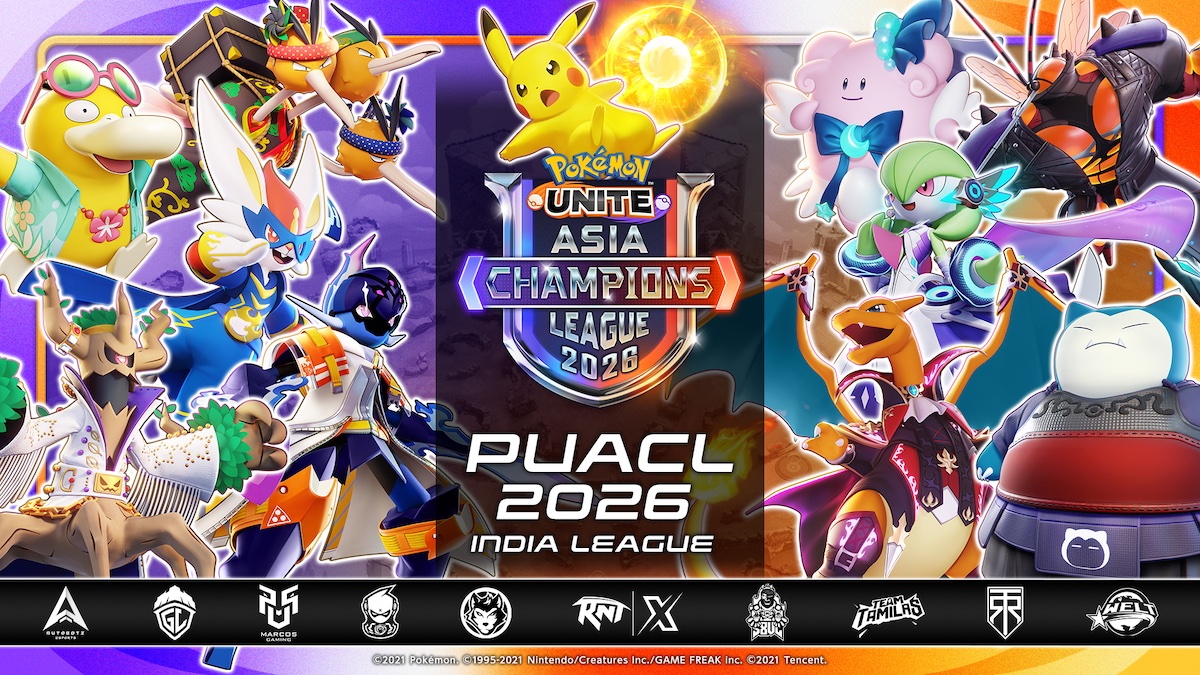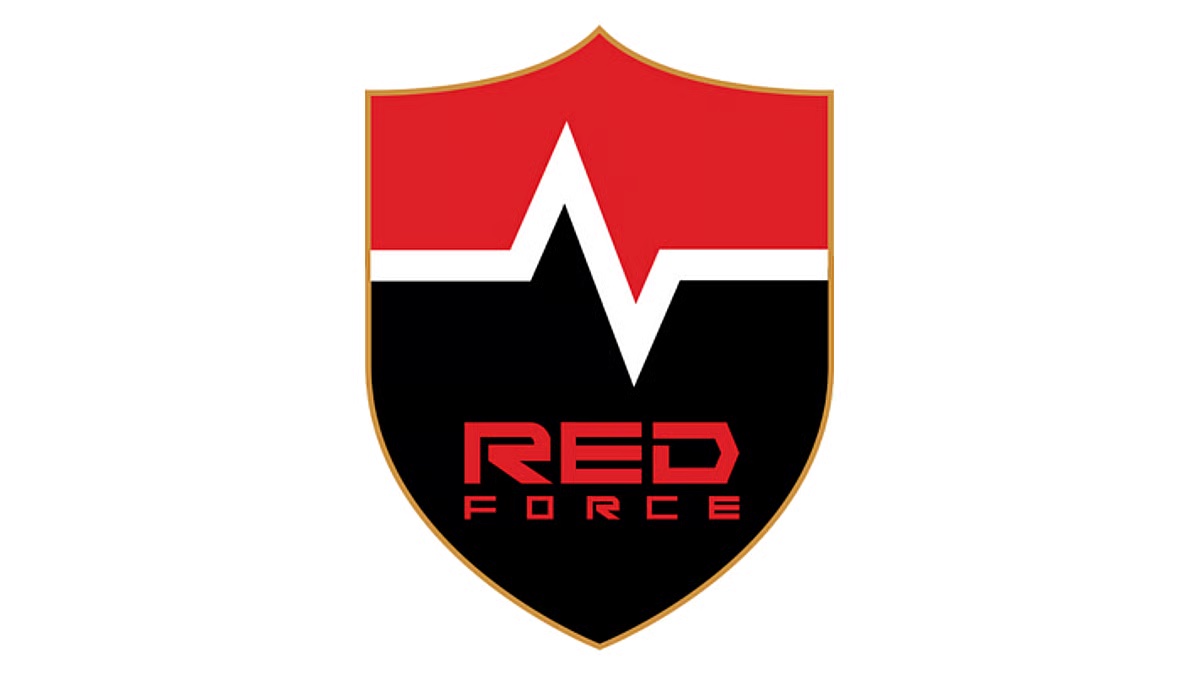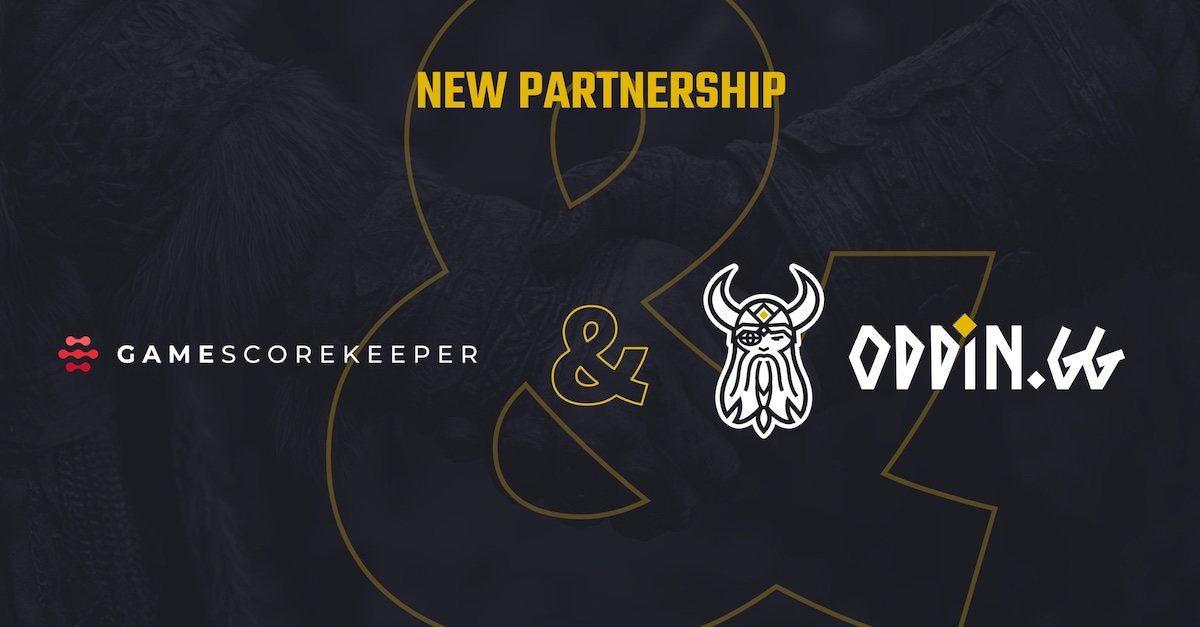Despite being home to the largest population in the world, with over 1.46 billion people, for years India’s gaming scene was quietly cultivated in local cafés and college tournaments, far from the global esports spotlight. Today, it is capturing international attention, driven by millions of mobile players, rising production standards, and growing recognition and investment. It is an undeniable period of growth, with international organisers such as the Esports World Cup (EWC) and BLAST strengthening their presence in the country.
The numbers are staggering. India’s online gaming population reached 488 million in 2024, providing a massive foundation for esports. The dedicated esports viewership has exploded, estimated to have grown from 25 million in 2022 to 57 million in 2024. Akshat Rathee, Co-founder and Managing Director of NODWIN Gaming has been at the heart of this transformation, and an inspirational figure at the forefront of this shift. He and journalist Musab Zaman, who worked for almost three years covering gaming and esports at local publication India Today, spoke with The Esports Radar about India’s rise to the global stage.
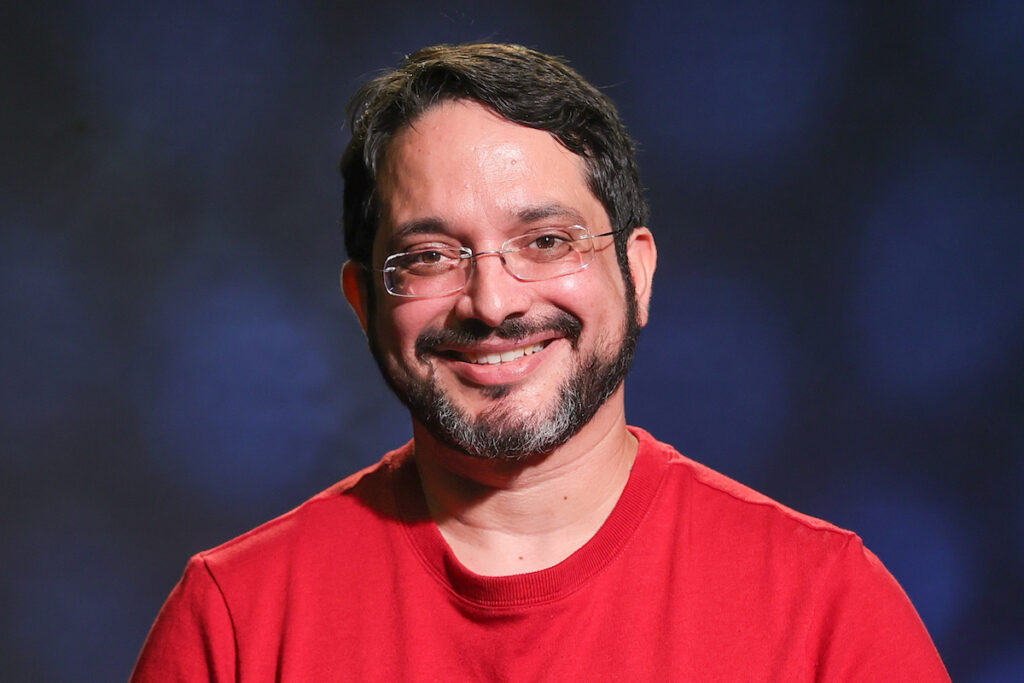
“Up until 2010, competitive tournaments were largely restricted to college events and gaming cafés, with only rare opportunities like the World Cyber Games offering Indian talent a chance to be seen globally,” Rathee recalls. Early competitions offered modest prize pools, limited sponsorship, and logistical hurdles, keeping India’s players largely invisible on the world stage.
“Having worked with Tesseract [esports production company], Orangutan [esports organisation], and India Today Gaming, I witnessed how those college tournaments and café battles laid the first stones of Indian esports,” recalls Zaman, “But it was mobile gaming that truly transformed that foundation into a nationwide boom.”
One turning point came when NODWIN partnered with ESL (now ESL FACEIT Group) to launch the ESL India Premiership in 2017. “Bringing a globally renowned festival like DreamHack to India further accelerated that momentum,” Rathee says.
These moves gave India a platform to showcase its talent and laid the foundation for a structured esports ecosystem, something Zaman agrees with: “NODWIN deserves recognition for giving Indian esports a framework it had long lacked. From hosting DreamHack to building structured competitions, their work didn’t just organise the scene, it gave it international credibility.”
Mobile gaming then quickly became the engine of growth. Affordable smartphones, widespread high-speed internet, and an eager digital-first population created the perfect conditions for titles like PUBG Mobile and Free Fire to flourish, a trend also observed in other countries including Brazil (especially between 2019 and 2022), Thailand, and the Philippines.
Despite the clear potential, the unique, mobile-first dynamics of the Indian market have proven a formidable challenge for international esports organizations. While giants like TSM and Fnatic have made attempts to establish a foothold at the local PUBG Mobile scene, most have struggled to achieve lasting success or a deep connection with the fanbase . In contrast, homegrown organizations have thrived. The most prominent success stories are from Team GodLike, which recently has announced a partnership with Red Bull India, and S8UL Esports, which has transcended its role as a team to become a full-fledged media and content powerhouse and secured a place at the Esports World Cup Foundation Club Partner Program in 2025.
“Free Fire became the launchpad for countless creators, especially in Tier-2 and Tier-3 cities. No other title gave grassroots talent the same visibility or reach, it truly democratized content creation in Indian gaming,” tells Zaman.
“Mobile esports became the primary gateway for international competition,” Rathee explained. However, PUBG Mobile was banned in the country in 2020 due to regulatory hurdles with its original publisher, Tencent, delaying the sector’s development.
Zaman emphasises the impact it had on India’s esports community: “The bans of PUBG Mobile and Free Fire hit like a hammer blow. These weren’t just games, they were the pillars holding up Indian esports. Their absence slowed tournaments, stalled careers, and left a void in the community.

“PUBG Mobile was the spark that gave Indian esports its heartbeat. When the ban came, it felt like the scene had lost its center,” continued Zaman. However, he also reports how the launch of Battlegrounds Mobile India (BGMI), by KRAFTON India, revived the scene: “The return through BGMI didn’t just revive momentum, it restored belief that the ecosystem could stand strong again.”
Krafton India now works to reconnect Indian tournaments to the global circuit. The first results could be observed already through the qualification of Team Aryan to the EWC PUBG Mobile tournament, though disconnection with the global context sparked controversy around the team.
Also read: KRAFTON India expands BGMI Esports with new global pathways
The lockdown caused by the COVID-19 pandemic through 2020 to 2022 accelerated this shift, bringing new players and audiences into the fold. “As a commentator and creator, I saw how COVID reshaped the scene overnight. Livestreams weren’t just entertainment anymore, they became community spaces, drawing in people who had never thought of gaming as something to watch, let alone follow,” tells Zaman.
Rathee also highlights the impact the period had even beyond gaming: “Chess is a great example. It has always been popular in India, but it exploded in visibility during the pandemic thanks to online events driven by comedians and creators. Today it is part of the Esports World Cup, with Indian grandmasters competing against the finest players globally.” Official recognition of esports as a multi-sport event in 2022 and state-level tournament initiatives added credibility and strengthened the ecosystem from the grassroots up.
Regulatory clarity has further bolstered investor confidence. The Promotion and Regulation of Online Gaming Bill in 2025 formally distinguished esports as skill-based rather than gambling, resolving long-standing confusion and ambiguities. “For years, the absence of distinction between esports and online money games created hesitation among brands and investors. The bill resolves those ambiguities and lays a strong foundation for sustainable growth,” Rathee says. He expects this to unlock publishing, grassroots development, scholarships, and structured career pathways, putting esports on par with traditional sports.
As the ecosystem matured, media rights and sponsorship opportunities followed. NODWIN’s partnership with Sony LIV for the Esports World Cup distribution rights exemplifies this growth. “Audience scale, platform demand, and advertiser interest have reached a point where media rights are now significant. This year, new partners like Tesla, Swiggy, Bisleri, and Duolingo English Test, alongside trusted partners including OnePlus, Android, Red Bull, and TVS Motor, highlight the confidence brands now have in this space,” Rathee notes. Alongside NODWIN, tournament organizers like Skyesports have been instrumental in building a competitive calendar, partnering with brands like Hyundai and Intel for events such as the Skyesports Masters League.

Beyond India, NODWIN is expanding globally. Its acquisition of Sony’s stake in Evo, the iconic fighting games tournament, underscores its ambition. “Evo is the beating heart of the global fighting game community. By acquiring it, we are adding a cornerstone IP to our portfolio. Our goal is to preserve what fans love while giving Evo the resources, partnerships, and platforms to expand responsibly,” Rathee says. He envisions NODWIN as the “Disney of the Global South,” scaling its IPs across India, Southeast Asia, the Middle East, and Central Asia, and capturing youth mindshare across esports, music, lifestyle, and digital entertainment.
India’s esports story is one of patience, passion, and strategic vision. From local cafés to global tournaments, Indian players, creators, and organisations are now producing talent, IPs, and events that resonate worldwide. “What may look like a late arrival to the global context is, in reality, the story of India’s passion finally finding its stage, and showing the world the true scale of its gaming culture,” Rathee stated.
“India wasn’t late, it was preparing. When the stage finally arrived, the sheer scale of mobile-first gaming made our story unlike anything the global esports scene had ever seen,” concluded Zaman.



